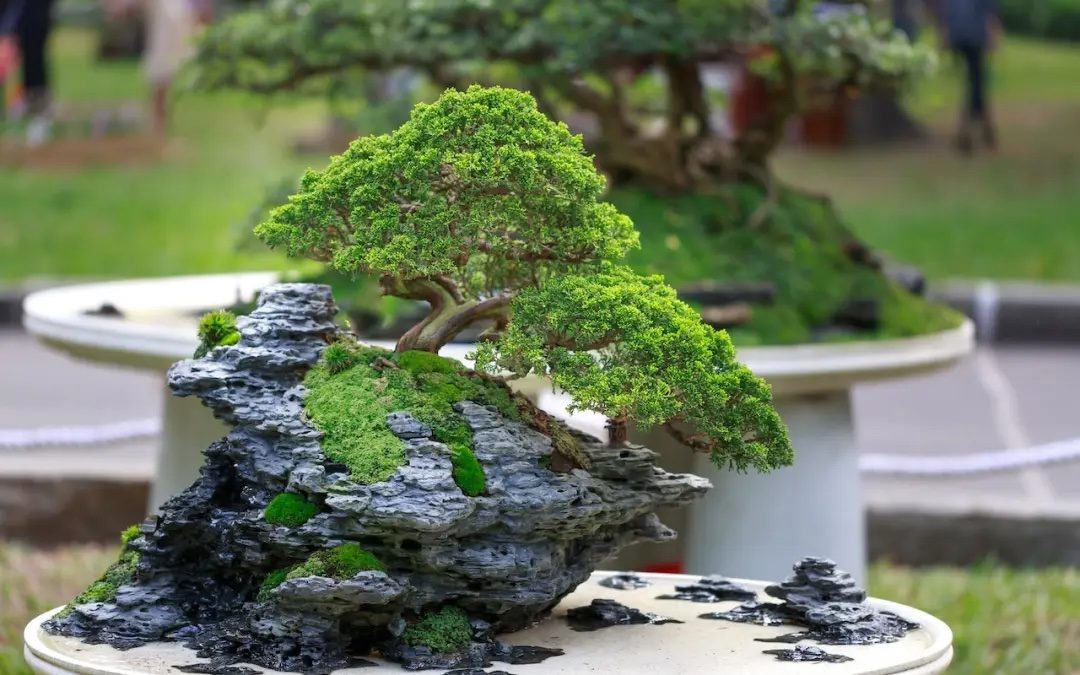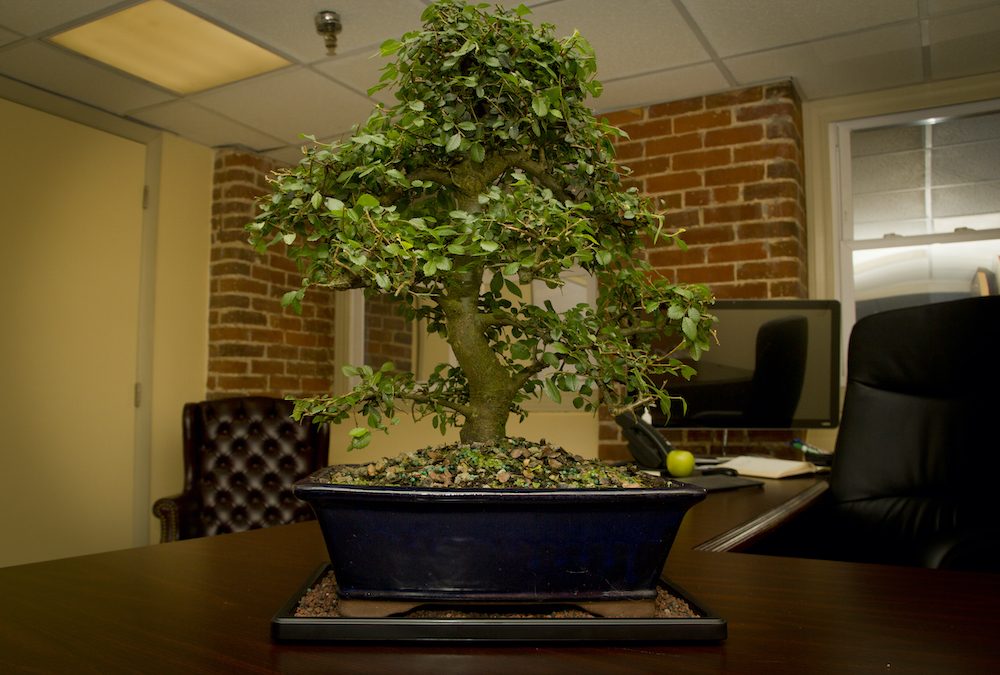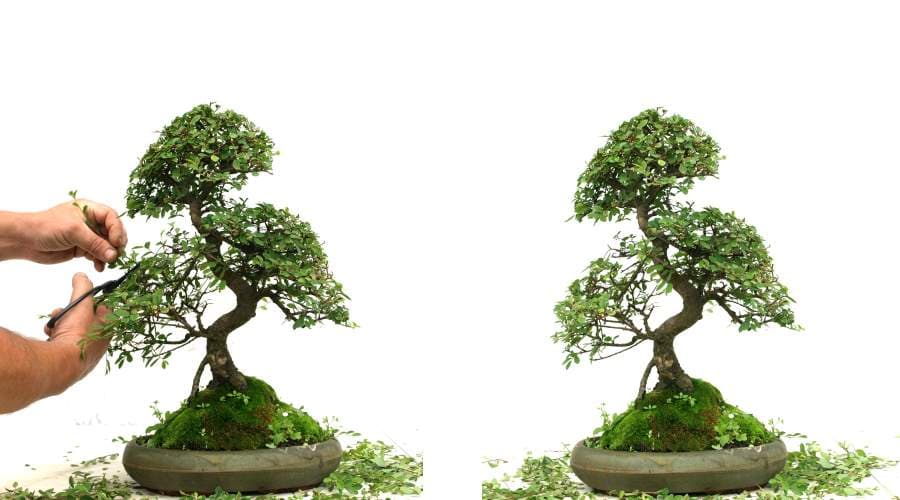- No products in the cart.
Chinese Elm Bonsai Tree Care Guide
The Chinese Elm bonsai is a popular bonsai tree for beginners due to its slow growth, predictable pattern, and forgiving nature. It features distinctive dark gray to reddish-brown bark, oval toothed leaves with a fresh green color, and a highly predictable growth pattern.

Temperature
Chinese Elm Bonsai prefers temperatures between 60-70°F and does not like drafts or a lot of variation in temperature. During summer, it can be kept outdoors, but in winter, bring it indoors when the temperature drops below 60°F.
Lighting
Chinese Elms require plenty of light, and direct morning sunlight is great for them, but avoid direct afternoon sun through a standard household window during warm months as it can burn delicate leaves.

Watering
The soil should be slightly moist and allowed to dry out a little between watering sessions. Stick your finger half-inch into the soil; if you do not feel much moisture, then it’s likely time to water. Water every day or so during spring and summer, depending on location and climate. Avoid strict schedules and water according to the tree’s needs by observing its foliage or testing the soil with your finger.
Fertilizing
Fertilize once every two weeks during the growing season with bonsai-specific or organic fertilizer. Water your tree well before fertilizing, and use Neptune’s Seaweed (0-0-1), which provides over 60 naturally occurring major and minor nutrients and amino acids.
Pruning/Training
Pruning is necessary to maintain the right shape of your bonsai and encourage new growth. Chinese Elm trees are ideal for beginners because their branches can be pruned all year, and new shoots can be allowed to develop eight leaf pairs and then trimmed back to two or three. Wiring can be done to branches at all times throughout the year, but only do the shoots once they have become slightly woody.

Insects/Pests
Keep your tree clean and healthy to prevent pests and diseases. If you notice any abnormal leaf drop, stickiness to the foliage, or visible insects, treat the problem promptly by spraying your bonsai with a solution of 1 tsp dish soap to 1 quart tepid water or Neem oil spray.
Propagation
The fastest way to propagate Chinese Elm is with 6-inch cuttings taken in summer with sharp, clean scissors. Place them in a glass of water, and roots will soon develop. Repot rooted cuttings in quality bonsai soil or a mixture of 2 parts loam, 1 part peat moss, and 1 part sand.
Repotting
Chinese Elms should be repotted every two years in early spring, but avoid extreme root pruning. After repotting, water thoroughly and keep the plant in a shady location for several weeks to help the new roots grow.
Additional Comments: Chinese Elm Bonsai can tolerate mistakes, such as overwatering, underwatering, or temperature changes. It is sensitive to the effects of secondhand smoke and will be healthier in a smoke-free environment. Check out a selection of beautiful bonsai pots when repotting.
